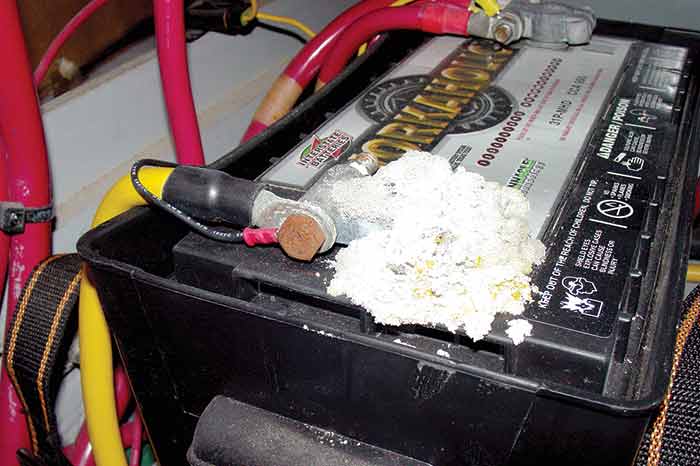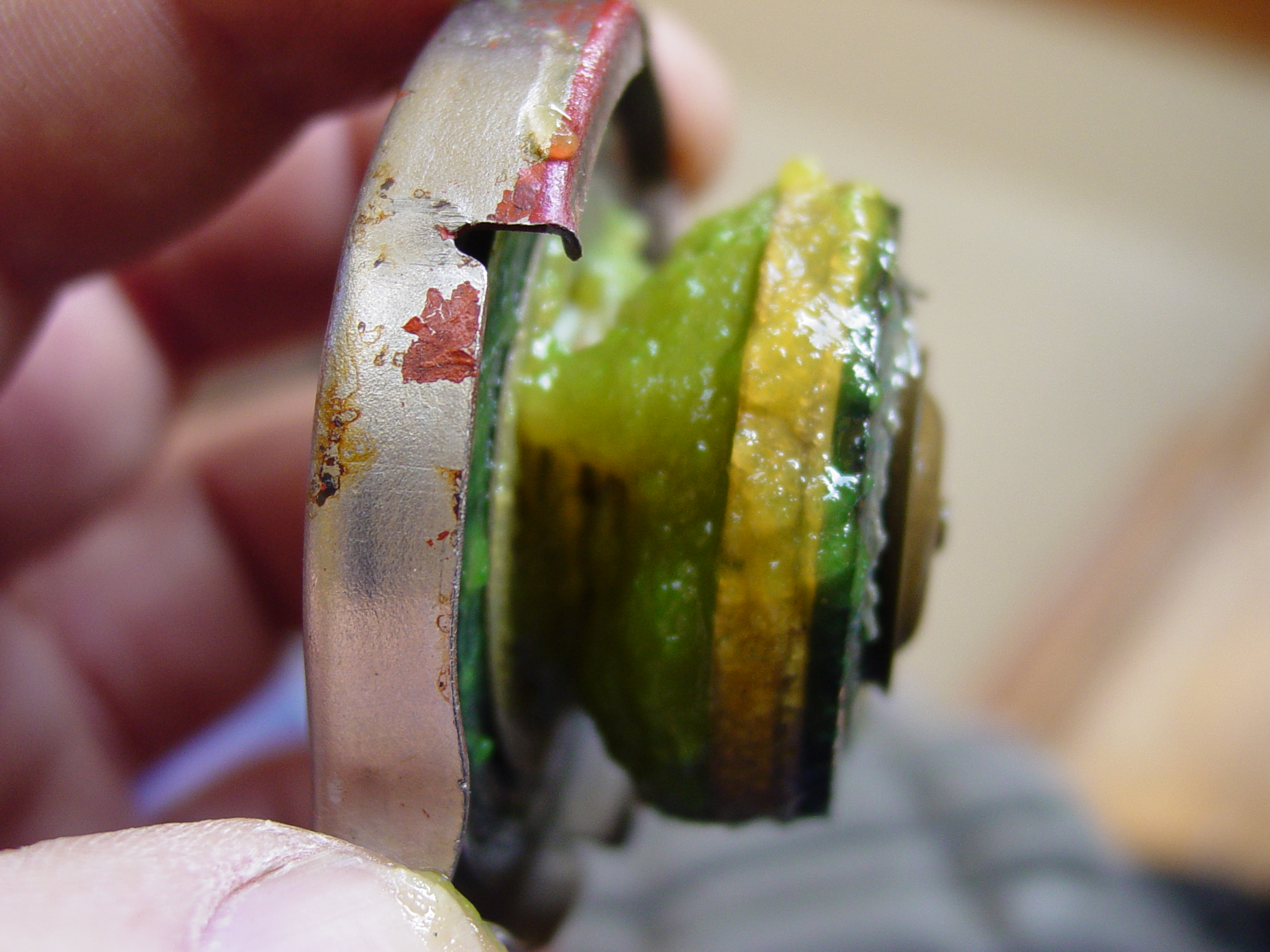Diesel Engine Spring Commissioning, Part 2: Systems Check
In Part 1 of our guide to spring commissioning for diesel engines, we looked at the engine and transmission. In this article, we’ll look at the ancillary systems like exhaust, cooling and fuel that keep the engine in good running order. We’ll also cover the batteries because nothing starts without them.
Cooling and Exhaust Systems
- Check the engine’s coolant level and concentration. The coolant should be relatively clear and free of “gelling,” scale or other foreign particles. Drain, flush and change coolant according to the manufacturer’s instructions. Some coolants may last up to five years; however their rust inhibiting qualities may not make it that long.
- Check engine zincs, with an eye towards replacement if in doubt they’ll last the season.
- Check coolant and raw water pumps for leaks — pull and inspect impellor blades for set or deterioration. Lightly lubricate pump impeller, replace gasket and cover securely when inspection and lubrication have been completed.
Replacing impellors annually is cheap insurance considering the headaches a failed one can cause (keep the undamaged used ones onboard as emergency spares). I recommend pulling the raw water impellor in the fall (to prevent the blades from setting). Place it on the engine key ring as a reminder to reinstall prior to spring launch. - Pull, clean, and inspect all sea strainers — note seal kit numbers and purchase a couple for onboard spares.
- Check cooling water seacocks for corrosion, leaks, missing hardware, physical damage, and smoothness of operation. If frozen or damaged, remove for maintenance or replacement as required. To check the seacock, remove its hose and look through the seacock to verify operation and spot blockages (this also provides a chance to inspect the hose). Another option is shining a flashlight into the through-hull from the outside and observing its operation while someone inside opens and closes it.
- Inspect cooling system hoses for damage, deformation (such as swelling at the ends) or crackling sounds when squeezed. Hoses should be firm, but supple. Make sure each is double clamped with stainless steel clamps where possible. Double hose clamps should only be installed where there is sufficient length of barb available (at least 1/4" (.64 cm) from the end of the hose barb or fitting to the 2nd clamp).
- Clean and inspect the vented loop (anti-siphon valve) in the raw water cooling system.
- Thoroughly inspect all exhaust system components damage, corrosion, or signs of leaking (running rust, salt deposits, etc). This is extremely important because leaks here can introduce CO into the interior of the vessel with deadly results.
Manifolds and exhaust risers should be periodically removed, pressure tested and fully inspected by a qualified marine mechanic for leaks, corrosion, and clogging as failure here can easily cause catastrophic engine failure. This should be considered standard maintenance, particularly with systems operating in salt water. How often depends on vessel location and use, however at a minimum they should be removed for inspection every four to five years (more frequently depending on age).
Fuel System
- Inspect the entire engine fuel system (from fill to vent) for damage, chafe, leaks, corroded hose clamps, etc.
- Change primary and secondary fuel filters (if they were not replaced during fall layup).
- Inspect all hoses for chafing, deterioration, etc, ensuring all are USCG approved fuel hoses.
- Check that all hoses are double clamped (where possible) and that installations provide sufficient slack to prevent damage from engine vibration.
- Verify the fuel system is properly grounded as per ABYC (American Boat And Yacht Council ) recommendations (fill to tank, tank to vessel grounding system for metallic components). Check to ensure that grounding connections are free from corrosion and in good working order.
- Check each fuel tank for corrosion, leaks, and proper mounting.
- Verify operation of fuel manifold valves, tank shut off valves, and all emergency fuel shut offs (such as those typically located at the helm).
- Check that fuel tank vents and hoses are clear of insects and debris. Replace missing any missing or damaged vent screens.
- Check the fuel filler cap seal and lubricate the cap threads and O ring to prevent water from entering the tank and to make the cap easier to open.

Batteries
- Inspect battery terminals for loose wires, corrosion, and (in the case of wet cell units) low electrolyte. It’s also a good idea to check their voltage while the engine is running to ensure the alternator is operating properly.
- Batteries should be installed in liquid tight / acid proof battery trays or boxes and secured against movement (one inch max in any direction for at least one minute). All positive terminals should be covered to prevent accidental shorting (from dropped tools, for example) a requirement that can be satisfied by the use of rubber or plastic terminal caps or boots, non-conductive covers or by the lid of the battery box itself.
- Replace all wing nuts with marine grade lock nuts. Wing nuts are difficult to properly torque and can work loose due to vessel movement.
By Capt. Frank Lanier
Captain Frank Lanier is a SAMS® Accredited Marine Surveyor with more than 40 years of experience in the marine and diving industry. He’s also an author, public speaker, and multiple award-winning journalist whose articles on seamanship, marine electronics, vessel maintenance and consumer reports appear regularly in numerous marine publications worldwide. He can be reached via his website at www.captfklanier.com.



